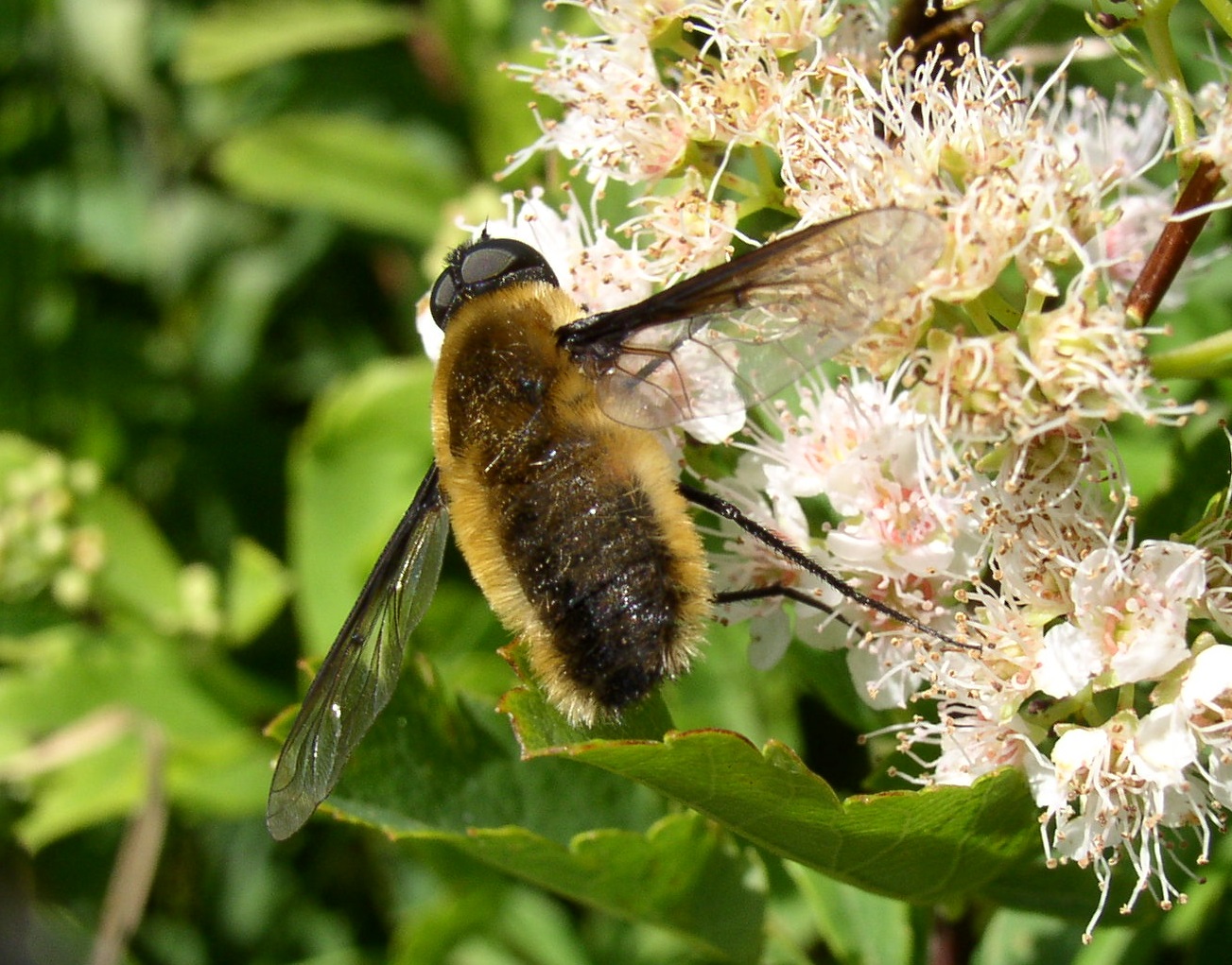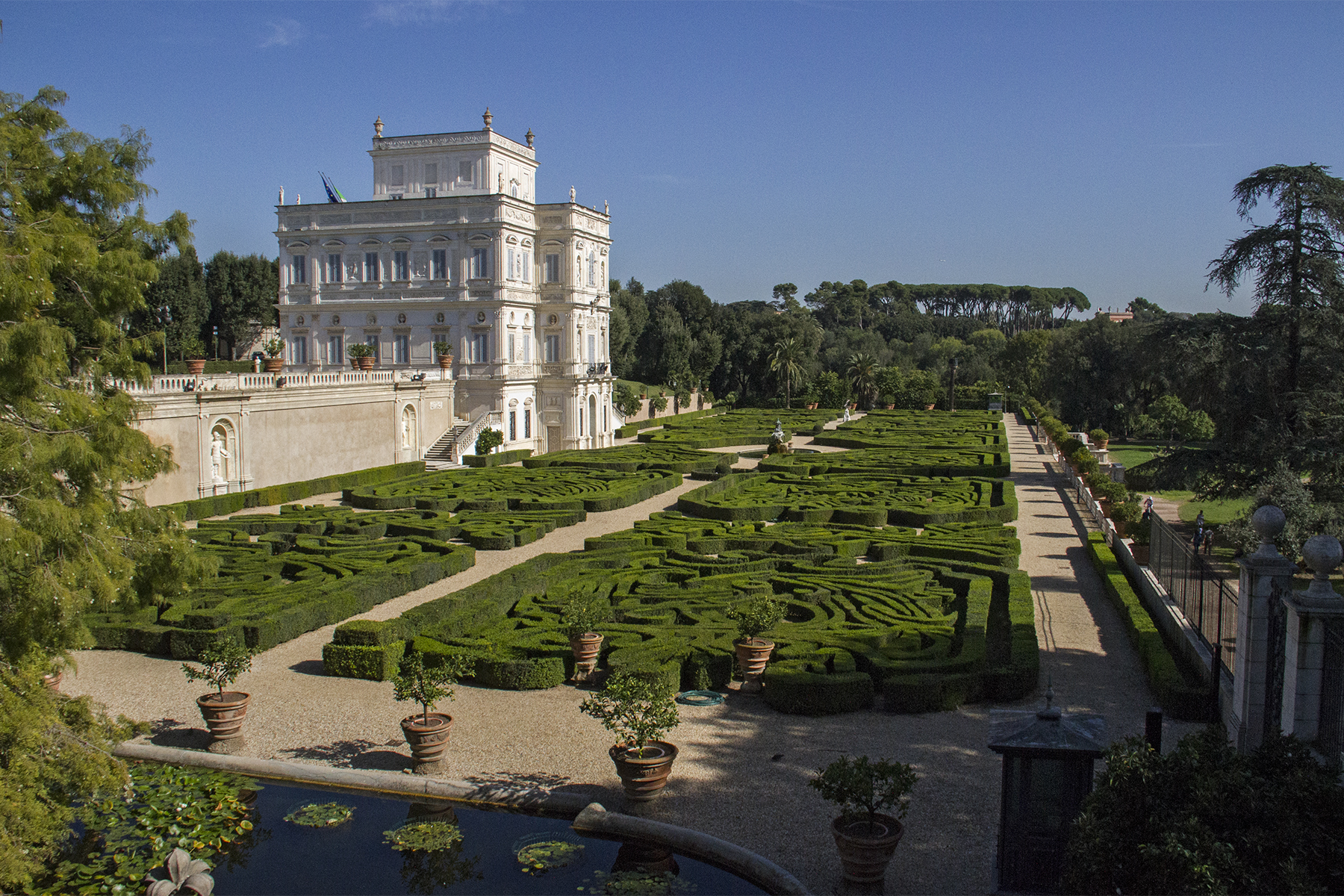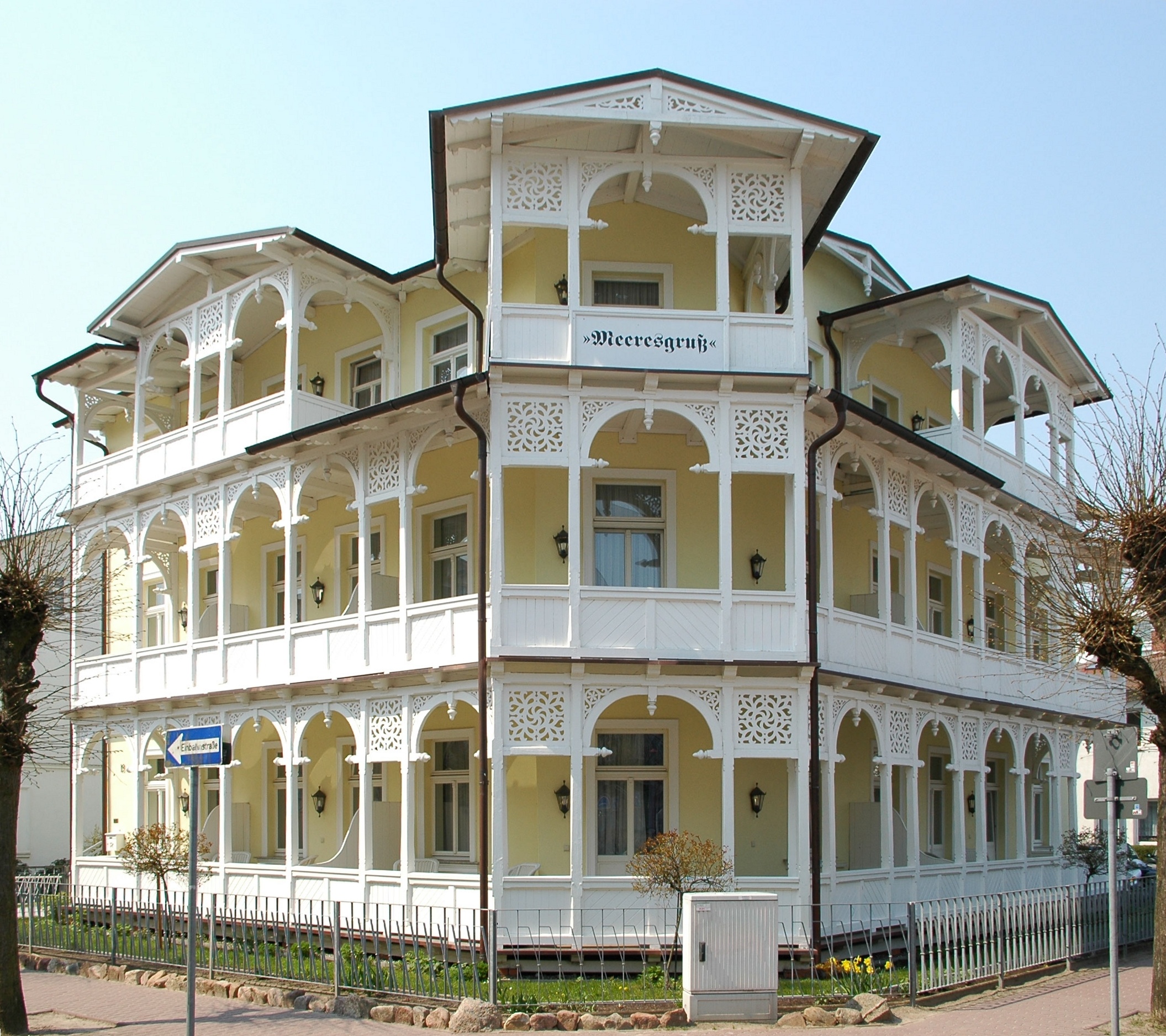|
Villa (genus)
''Villa'' is a genus of flies belonging to the bee-fly family (Bombyliidae). They range in size from , and have typically rounded heads. The males of some species have a brilliant mat of silvery patagial scales. About 270 ''Villa'' species are found on all continents except Antarctica. They can be distinguished from similar genera ('' Hemipenthes'') by their wing venation. Species *'' Villa abaddon'' ( Fabricius, 1794) *'' Villa adusta'' ( Loew, 1869) *'' Villa aenea'' ( Coquillett, 1887) *'' Villa agrippina'' ( Osten Sacken, 1887) *'' Villa albicollaris'' Cole, 1923 *'' Villa ariditata'' Cole, 1923 *'' Villa brunnea'' Becker, 1916 *'' Villa cana'' ( Meigen, 1804) *'' Villa chromolepida'' Cole, 1923 *'' Villa cingulata'' ( Meigen, 1804) *'' Villa cingulum'' ( Wiedemann in Meigen 1820) *'' Villa claripennis'' ( Kowarz, 1867) *'' Villa connexa'' ( Macquart, 1855) *'' Villa consessor'' ( Coquillett, 1887) *'' Villa deludens'' Francois 1966 *'' Villa distincta'' Meigen in Walt ... [...More Info...] [...Related Items...] OR: [Wikipedia] [Google] [Baidu] |
Villa Hottentotta
A villa is a type of house that was originally an ancient Roman upper class country house. Since its origins in the Roman villa, the idea and function of a villa have evolved considerably. After the fall of the Roman Republic, villas became small farming compounds, which were increasingly fortified in Late Antiquity, sometimes transferred to the Church for reuse as a monastery. Then they gradually re-evolved through the Middle Ages into elegant upper-class country homes. In the Early Modern period, any comfortable detached house with a garden near a city or town was likely to be described as a villa; most survivals have now been engulfed by suburbia. In modern parlance, "villa" can refer to various types and sizes of residences, ranging from the suburban semi-detached double villa to, in some countries, especially around the Mediterranean, residences of above average size in the countryside. Roman Roman villas included: * the ''villa urbana'', a suburban or country sea ... [...More Info...] [...Related Items...] OR: [Wikipedia] [Google] [Baidu] |
Hemipenthes
''Hemipenthes'' is a large genus of flies belonging to the family Bombyliidae (bee-flies). There are many described species, distributed throughout the Holarctic realm. These are small to large robust flies with a body length of 5–14 mm. They can be distinguished from similar genera (''Villa'') by their wing venation. A number of species formerly in this genus were moved to a separate genus, ''ins'' in 2020. Larvae are hyperparasites on parasitic Hymenoptera. Extant species *'' H. alba'' Ávalos-Hernández, 2009 - Nearctic: Mexico *'' H. bigradata'' ( Loew, 1869) - Nearctic: USA (California, New Mexico). Neotropical: Cuba, Bahamas, Jamaica, Puerto Rico *'' H. blanchardiana'' (Jaennicke, 1867) - Nearctic: Mexico (Distrito Federal, Guanajuato, Guerrero, México, Puebla, Sonora), USA (Arizona, California, Texas) *'' H. castanipes'' Bigot, 1892 - Nearctic *'' H. catulina'' (Coquillett, 1894) - Nearctic: USA (California, Colorado, Idaho, Illinois, Indiana, Iowa, Michigan, Minn ... [...More Info...] [...Related Items...] OR: [Wikipedia] [Google] [Baidu] |
Villa Chromolepida
''Villa chromolepida'' is a species of bee fly in the family Bombyliidae. Distribution United States The United States of America (U.S.A. or USA), commonly known as the United States (U.S. or US) or America, is a country primarily located in North America. It consists of 50 states, a federal district, five major unincorporated territorie .... References Bombyliidae Diptera of North America Insects described in 1923 {{Bombyliidae-stub ... [...More Info...] [...Related Items...] OR: [Wikipedia] [Google] [Baidu] |
Johann Wilhelm Meigen
Johann Wilhelm Meigen (3 May 1764 – 11 July 1845) was a German entomologist famous for his pioneering work on Diptera. Life Early years Meigen was born in Solingen, the fifth of eight children of Johann Clemens Meigen and Sibylla Margaretha Bick. His parents, though not poor, were not wealthy either. They ran a small shop in Solingen. His paternal grandparents, however, owned an estate and hamlet with twenty houses. Adding to the rental income, Meigen's grandfather was a farmer and a guild mastercutler in Solingen. Two years after Meigen was born, his grandparents died and his parents moved to the family estate. This was already heavily indebted by the Seven Years' War, then bad crops and rash speculations forced the sale of the farm and the family moved back to Solingen. Meigen attended the town school but only for a short time. He had learned to read and write on his grandfather's estate and he read widely at home as well as taking an interest in natural history. A lodge ... [...More Info...] [...Related Items...] OR: [Wikipedia] [Google] [Baidu] |
Villa Cana
A villa is a type of house that was originally an ancient Roman upper class country house. Since its origins in the Roman villa, the idea and function of a villa have evolved considerably. After the fall of the Roman Republic, villas became small farming compounds, which were increasingly fortified in Late Antiquity, sometimes transferred to the Church for reuse as a monastery. Then they gradually re-evolved through the Middle Ages into elegant upper-class country homes. In the Early Modern period, any comfortable detached house with a garden near a city or town was likely to be described as a villa; most survivals have now been engulfed by suburbia. In modern parlance, "villa" can refer to various types and sizes of residences, ranging from the suburban semi-detached double villa to, in some countries, especially around the Mediterranean, residences of above average size in the countryside. Roman Roman villas included: * the ''villa urbana'', a suburban or country sea ... [...More Info...] [...Related Items...] OR: [Wikipedia] [Google] [Baidu] |
Theodor Becker
Theodor Becker (23 June 1840 in Plön – 30 June 1928 in Liegnitz) was a Danish-born German civil engineer and entomologist primarily known for studies on the taxonomy of flies. He worked with Paul Stein, Mario Bezzi, and Kálmán Kertész Kálmán Kertész (2 January 1867 Prešov, Sáros County – 28 December 1922 Budapest) was a Hungarian entomologist mainly interested in Diptera. He was the director of the Zoological Department of the Hungarian National Museum in Budapest. ... on ''Katalog der Paläarktischen dipteren'' published in Budapest from 1903. Selected works *1902. Die Meigenschen Typen der sog. Musciden Acalyptratae (Muscaria, Holometopa).''Zeitschrift für systematische Hymenopterologie und Dipterologie'' 2: 209–256, 289–320, 337–349. *1903. Die Typen der v. Roser’schen Dipteren-Sammlung in Stuttgart. Diptera Cyclorrhapha Schizophora. ''Jahreshefte des Vereins für Vaterländische Naturkunde in Württemberg'' 59: 52–66. *1903. Aegyptische D ... [...More Info...] [...Related Items...] OR: [Wikipedia] [Google] [Baidu] |
Villa Brunnea
A villa is a type of house that was originally an ancient Roman upper class country house. Since its origins in the Roman villa, the idea and function of a villa have evolved considerably. After the fall of the Roman Republic, villas became small farming compounds, which were increasingly fortified in Late Antiquity, sometimes transferred to the Church for reuse as a monastery. Then they gradually re-evolved through the Middle Ages into elegant upper-class country homes. In the Early Modern period, any comfortable detached house with a garden near a city or town was likely to be described as a villa; most survivals have now been engulfed by suburbia. In modern parlance, "villa" can refer to various types and sizes of residences, ranging from the suburban semi-detached double villa to, in some countries, especially around the Mediterranean, residences of above average size in the countryside. Roman Roman villas included: * the ''villa urbana'', a suburban or country sea ... [...More Info...] [...Related Items...] OR: [Wikipedia] [Google] [Baidu] |
Villa Ariditata
A villa is a type of house that was originally an ancient Roman upper class country house. Since its origins in the Roman villa, the idea and function of a villa have evolved considerably. After the fall of the Roman Republic, villas became small farming compounds, which were increasingly fortified in Late Antiquity, sometimes transferred to the Church for reuse as a monastery. Then they gradually re-evolved through the Middle Ages into elegant upper-class country homes. In the Early Modern period, any comfortable detached house with a garden near a city or town was likely to be described as a villa; most survivals have now been engulfed by suburbia. In modern parlance, "villa" can refer to various types and sizes of residences, ranging from the suburban semi-detached double villa to, in some countries, especially around the Mediterranean, residences of above average size in the countryside. Roman Roman villas included: * the ''villa urbana'', a suburban or country sea ... [...More Info...] [...Related Items...] OR: [Wikipedia] [Google] [Baidu] |
Villa Albicollaris
A villa is a type of house that was originally an ancient Roman upper class country house. Since its origins in the Roman villa, the idea and function of a villa have evolved considerably. After the fall of the Roman Republic, villas became small farming compounds, which were increasingly fortified in Late Antiquity, sometimes transferred to the Church for reuse as a monastery. Then they gradually re-evolved through the Middle Ages into elegant upper-class country homes. In the Early Modern period, any comfortable detached house with a garden near a city or town was likely to be described as a villa; most survivals have now been engulfed by suburbia. In modern parlance, "villa" can refer to various types and sizes of residences, ranging from the suburban semi-detached double villa to, in some countries, especially around the Mediterranean, residences of above average size in the countryside. Roman Roman villas included: * the ''villa urbana'', a suburban or country sea ... [...More Info...] [...Related Items...] OR: [Wikipedia] [Google] [Baidu] |
Carl Robert Osten-Sacken
Carl Robert Osten-Sacken or Carl-Robert Romanovich, Baron von der Osten-Sacken, Baron Osten Sacken (21 August 1828, – 20 May 1906) was a Russian diplomat and entomologist. He served as the Russian consul general in New York City during the American Civil War, living in the United States from 1856 to 1877. He worked on the taxonomy of flies in general and particularly of the family Tipulidae (crane flies). Early life Carl Robert Osten-Sacken was born on 21 August 1828 in St. Petersburg as the son of Baltic German Baron Reinhold Friedrich von der Osten-Sacken (1791-1864) and his wife, Elisabeth von Engelhardt (1805-1873). Biography He took an interest in insects at the age of eleven through the influence of Joseph N. Schatiloff, a Russian coleopterist. In 1849 he joined the Imperial Foreign Office and while still in Russia he published his first entomological papers, including an account of the species found in the suburbs of St. Petersburg. In 1856, he was sent to Was ... [...More Info...] [...Related Items...] OR: [Wikipedia] [Google] [Baidu] |
Villa Agrippina
''Villa agrippina'' is a species of bee fly in the family Bombyliidae. Distribution United States The United States of America (U.S.A. or USA), commonly known as the United States (U.S. or US) or America, is a country primarily located in North America. It consists of 50 states, a federal district, five major unincorporated territorie .... References Bombyliidae Insects described in 1886 Taxa named by Carl Robert Osten-Sacken Diptera of North America {{Bombyliidae-stub ... [...More Info...] [...Related Items...] OR: [Wikipedia] [Google] [Baidu] |
Daniel William Coquillett
Daniel William Coquillett (23 January 1856, Pleasant Valley, Ill. – 7 July 1911 Atlantic City, New Jersey) was an American entomologist who specialised in Diptera. He wrote a revision of the dipterous family Therevidae and many other scientific papers in which he described many new species and genera of Diptera. Coquillett was also the first to attempt fumigation with hydrocyanic acid as a means for controlling citrus scale insects. He experimented in the Wolfskill orange groves where he was supported by the foreman and later quarantine entomologist Alexander Craw Alexander Craw (3 August 1850 – 28 June 1908) was a pioneer American economic entomologist. He was the first American entomologist to work in quarantine protection against foreign pests arriving by ship to San Francisco, California. Along with ... in 1888–89. References External linksArchiveDigitised Coquillett, D. W. ''Report on the locusts of the San Joaquin valley, Cal.'' Anaheim, Calif.Date 1886ArchiveD ... [...More Info...] [...Related Items...] OR: [Wikipedia] [Google] [Baidu] |



